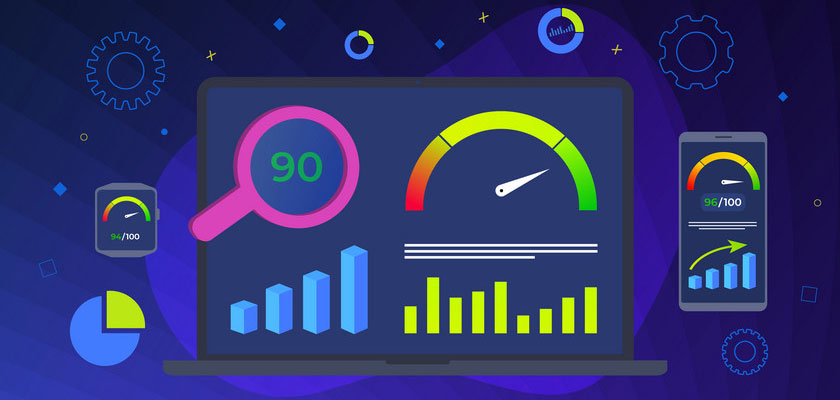9 Quick Ways to Improve Page Loading Speed
When it comes to your site’s performance, page speed is of the utmost importance.
However, unless you understand how this metric works — and, more specifically, the factors that influence it — you may find it difficult to improve.
To reduce your bounce rate and increase visitor engagement, it’s essential that your web pages load quickly and seamlessly.
A site that is optimized for speed not only enhances the user experience (UX) but can also help to boost your search engine rankings.
What is page speed?
In a nutshell, page speed refers to how quickly your content loads when someone visits a page on your site. Not to be confused with website speed, page speed represents the loading time of a specific page.
There are a variety of factors that can influence page speed. Some of the most important include:
- How many images, videos, and other media files are contained on the page
- What themes and plugins are installed on your site
- Your site’s (and the specific page’s) coding and server-side scripts
All of these elements affect your page loading speed and in turn your website’s UX. After all, visitors dislike slow-loading pages and are more likely to click away from them.
Why is page speed important?
When it comes to page loading speed, every second counts. In fact, Google research shows that when loading times increase from one to three seconds, the probability of a bounce (the visitor leaving right away) increases by 32 percent.
If the page takes five seconds to load, the probability of a bounce rises by 90 percent:
In other words, if your pages don’t load within a few seconds, it significantly increases the chance that visitors will leave your site. Additionally, if your web pages are sluggish, that can hurt your ability to drive engagement and conversions.
Page speed also plays a pivotal role in Search Engine Optimization (SEO). Google takes a wide variety of factors into consideration when deciding how to rank web pages.
However, speed is an important ranking signal for both desktop and mobile searches.
Another reason page speed matters is because it can influence consumers’ perception of your brand. If your web pages take too long to load or anything goes wrong during the process, it can make you look unprofessional, and your website unreliable.
If you want to run a highly-effective website, therefore, it’s necessary to focus on optimizing page speed. The first step in doing that is figuring out how your pages are currently performing.
How to Measure Page Speed

Before making any changes to your site, you’ll need to gauge your web pages’ performance. There are various tools you can use to test and measure page speed. Two popular solutions are Pingdom Website Speed Test and GTmetrix, which are both beginner-friendly options.
However, we recommend starting with Google PageSpeed Insights. This is an easy-to-use tool that enables you to measure and test the speed of your web pages on both desktop and mobile devices.
Plus, as a Google-supported tool, it can help you make sure you’re hitting the performance benchmarks required for high search result placements.
Article written by Matteo Duò for HubSpot.com.
